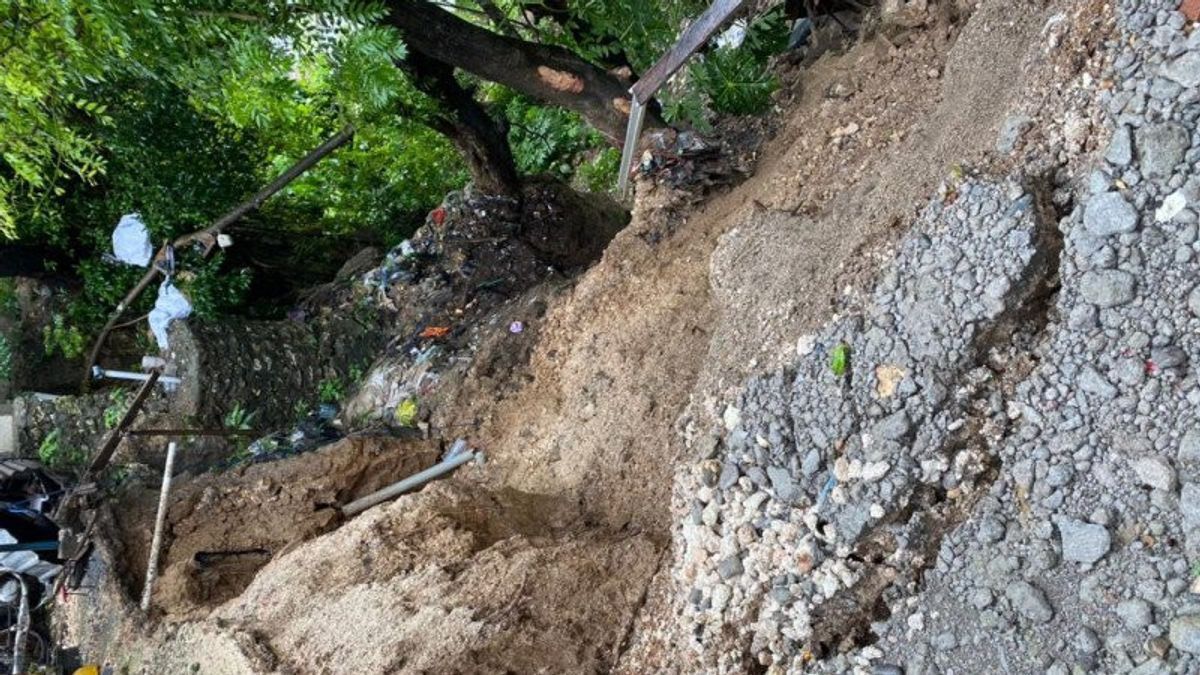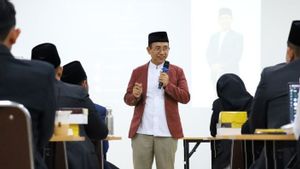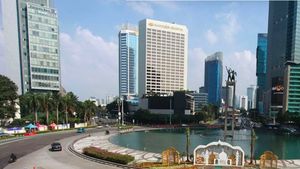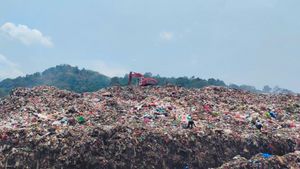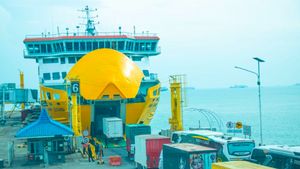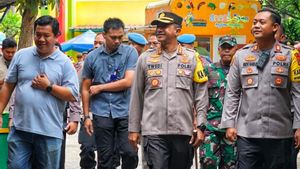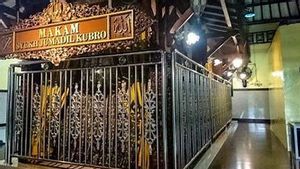JAKARTA - Indonesia is located at the meeting point of the three world's plates, namely Eurasia, the Pacific and Australia, which are moving against each other. It was the impact of the past collisions that created the longitudinal ridges which are now known as the major islands in Indonesia.
Starting from the west of Sumatra Island, south of Java Island to Bali and the Nusa Tenggara Islands, north of the Maluku Islands, and north of Papua.
As reported by VOI from the esdm.go.id, other consequences of the collision also created oceanic trenches, folds, ridges and faults in archipelagic arcs, volcanic spreads, and the distribution of earthquake sources.
In fact, there are 129 volcanoes recorded in Indonesia. 13 percent of which is the number of active volcanoes in the world.
Thus, Indonesia becomes a country that is very prone to natural disasters, be it volcanic eruptions to earthquakes. Even on parts of Indonesia's coast that cross the ocean, an earthquake on the seabed can trigger a tsunami.
From some of the disasters that have occurred, landslides have hit Indonesia quite often. Given the soil sediment that is often encountered in Indonesia comes from volcanic eruptions.
This type of soil has a composition of mostly clay with little sand and is fertile. This kind of weathering sediment will have the potential to cause landslides in the rainy season.
A landslide event is generally understood as the movement or displacement of the land or material slope down or out of the slope. Quoted from esdm.go.id, landslides are divided into 6 types, namely soil creeping, debris flow, translation landslides, rock debris, rotational landslides, and block movement.
The landslides that most often occur in Indonesia are translational landslides and landslides. The following is an explanation of translational landslides, rotations, and other types of landslides.

Translation Avalanche
Landslides, namely the movement of soil and rock masses on the sliding plane in the form of flat or gentle waves.
Rotation Avalanche
Rotational landslides are landslides that are affected due to the movement of soil and rock masses in the concave shaped sliding plane.
Block Movement
Block movement is the movement of rock that moves in the flat sliding plane. This landslide is also known as block stone translation landslides.
Rock Ruins
Rock collapse occurs when a large amount of rock or other material moves downward using the free fall method. Usually occurs on a steep slope to hang especially on the beach. Falling boulders can cause severe damage.
Ground Termite
Soil termination is a slow moving landslide type. Soil types are coarse and fine grains. This type of landslide is almost unrecognizable. After a long period of time this type of creeping landslide can cause telephone poles, trees or houses to tilt downward.
Shredded Material Flow
This type of landslide occurs when a moving land mass is supported by water. The flow rate depends on the slope, volume and pressure of the water, and the type of material.
Its movements occur along ravines and can travel hundreds of meters away. In some areas it can be up to thousands of meters, such as where rivers flow around volcanoes. This soil flow can swallow a lot of casualties.
The English, Chinese, Japanese, Arabic, and French versions are automatically generated by the AI. So there may still be inaccuracies in translating, please always see Indonesian as our main language. (system supported by DigitalSiber.id)
